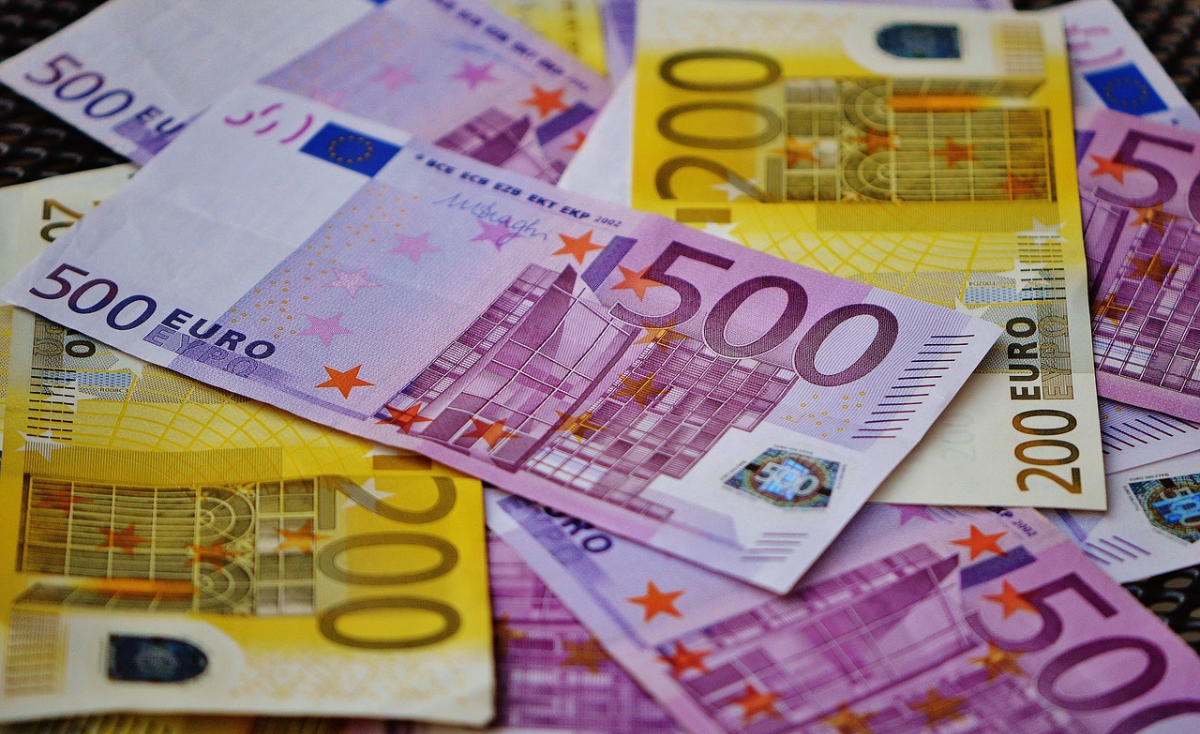 @Pixabay.
@Pixabay.
The continued uncertainty around possible consequences of mis-labelling funds has driven more investors and fund managers to leave ESG-compliant funds in Q1 2024 in favour of those that are either not compliant or only semi-compliant.
“Article 8 funds are attracting money again after a year of redemptions,
but they’re still trailing the rest of the market."
This is according to new research from Morningstar, which showed that in the first quarter of 2024, flows into Article 8 funds rebounded and netted “€14 billion of new money after three quarters of outflows”, whilst others did not.
“Inflows were driven by fixed income and passive strategies,” said Morningstar’s report, “SFDR Article 8 and Article 9 Funds: Q1 2024 in Review”.
“Article 8 funds are attracting money again after a year of redemptions, but they’re still trailing the rest of the market,” said Hortense Bioy, Global Director of Sustainability Research, Morningstar, and the report’s lead author. “While active ESG managers are licking their wounds, passive ESG investments continue to appeal to more investors.”
What’s been happening?
Over the past few years several major players in the industry have left Article 8 and Article 9 classified funds due to more stringent compliance needs in them.
The trend, which was at its height in 2022-23, was for ESG funds to be moved from Article 9, which are products that specifically target sustainable investments, to Article 8 - products that promote sustainable investments - in the EU’s Sustainable Finance Disclosure Regulation (SFDR) framework.
This change was key as Article 9 represented stricter and more structured funds in their level of ESG compliance, whereas Article 8 is often seen as a melting pot with vaguer implications and definitions.
The move echoed similar changes made in the industry recently, which could cause a compliance headache and administrative burden for Chief Operating Officers (COOs) if it becomes a ubiquitous trend.
In December 2022, Amundi, France’s largest asset manager with over a trillion dollars in AUM under its belt, was one of the biggest European asset managers to join the downgrading cohort. The move was similar to changes made in the industry at the time.
“We identified about 220 funds that altered their SFDR status in the first quarter, including roughly 190 that upgraded to Article 8 from Article 6.”
It joined asset managers such as BlackRock, HSBC, AXA, Invesco, NN Investment Partners, Pimco, Neuberger Berman, Robeco, and Deka, which have all changed the labelling of their ESG compliant funds from Article 9 to Article 8. Part of the reason for this was a more conservative approach due to a so-called increasingly strict regulatory environment.
At the time, the asset managers claimed that the EU’s flagship Article 6, 8, and 9 framework for ranking and classifying ESG funds is too stringent when it came to compliance – and overall outpaced the speed of development in the fund management arena.
What’s happening in 2024?
The research from Morningstar shows that while Article 8 did alright, Article 9 funds bled money for the second consecutive quarter, registering outflows of almost €4 billion.
“We identified about 220 funds that altered their SFDR status in the first quarter, including roughly 190 that upgraded to Article 8 from Article 6,” said the report, adding that, by comparison, Article 6 funds collected €43 billion of net subscriptions, representing a significant increase from the previous three quarters of small inflows.
Over the past five quarters, Article 6 funds showed a better flow performance than Article 8 and Article 9 funds, said the report. “Combined assets in Article 8 and Article 9 funds increased by more than 4% over the first quarter to a record €5.5 trillion. Together, Article 8 and Article 9 funds' market share climbed further to nearly 60% of the EU universe primarily because of continued reclassification from Article 6 to Article 8 or 9.”
The Article 8 funds with the largest inflows and outflows in Q1 2024 were:
Inflows: Amundi Index MSCI Europe SRI PAB (€3.3 billion), and AB FCP I - American Income Portfolio (€2.49 billion). Others in the top 10 included JPMorgan, DWS and a second Amundi fund.
Outflows: Amundi MSCI USA SRI Climate Net Zero Ambition PAB ETF, which lost €1.93 billion and iShares MSCI USA SRI ETF, which lost €1.7 billion. Amundi had two further funds in the top outflow funds.
"Several trade associations have been pressing the commission to address the review of founding regulation and the technical standards jointly."
According to the report, the number of newly launched Article 8 and Article 9 funds totalled a “modest” 165 in the first quarter, which represents a 33% decrease compared with the previous quarter's 248.
What’ll happen now?
The outlook for SFDR, and the issues that this implementation has created, remains uncertain.
Morningstar said the European Commission confirmed in a public hearing in January 2024 that the publication in the Official Journal of revised SFDR regulatory technical standards will be delayed and that the application date could be somewhere in 2025. “But since then, several trade associations have been pressing the commission to address the review of founding regulation and the technical standards jointly,” said the report.
As more pressure is heaped on funds to be more ESG compliant in Europe, it’s likely the trend will continue with firms wanting to be seen to be helping the planet whilst not opening themselves up to the issues of being caught out in Article 9.
Please Sign In or Register to leave a Comment.
SUBSCRIBE
Get the recent popular stories straight into your inbox







